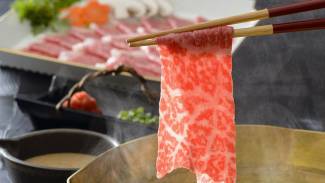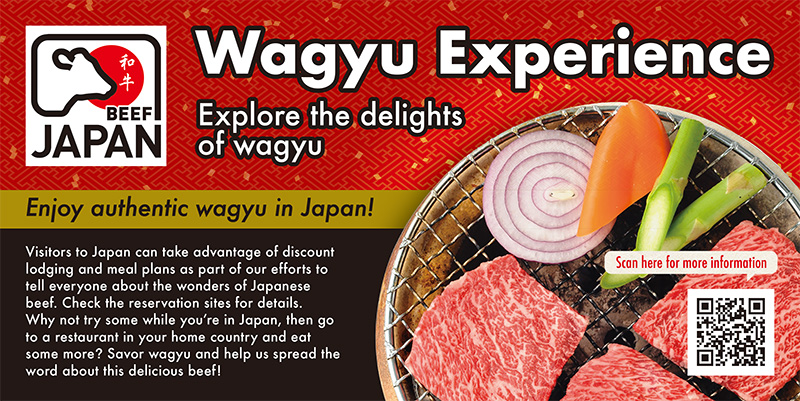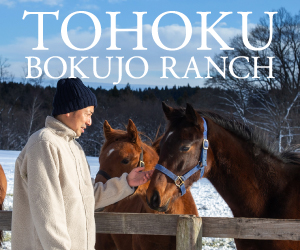CHARACTERISTICS OF WAGYU
STRINGENT PRACTICES ENSURE TOP QUALITY
The defining characteristic of wagyu produced in Japan is its consistently high quality. Authentic wagyu is markedly different from other beef, including foreign wagyu, which is usually cross-bred between wagyu and other breeds abroad. There are four Japanese cattle breeds: the Japanese Black (which makes up the majority), Japanese Brown, Japanese Shorthorn and Japanese Polled. The Universal Wagyu Mark, introduced in 2007, verifies that meat with this mark attached comes from cows that were born and raised in Japan — authentic 100% purebred wagyu.
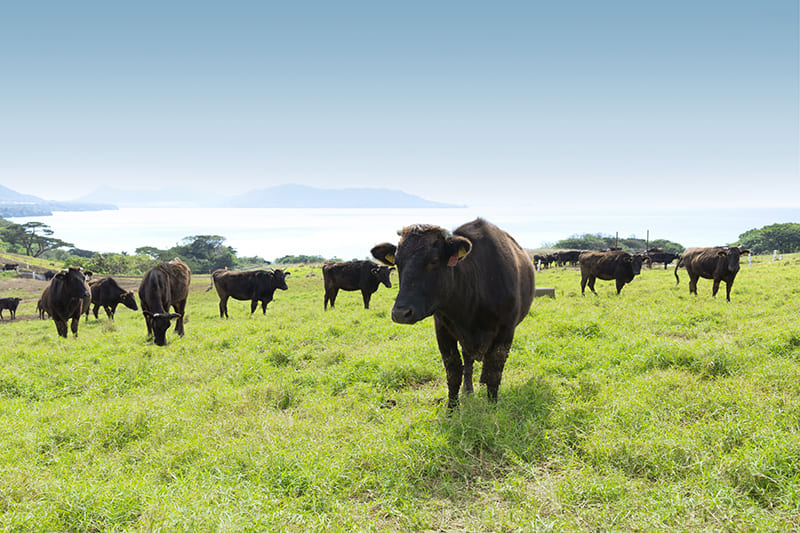
JAPAN LIVESTOCK PRODUCTS EXPORT PROMOTION COUNCIL
Registration and grading
This high traceability and farmers’ efforts to pursue optimum rearing environments and methods, combined with a standardized grading system, help ensure the consistent quality of domestic wagyu. This allows consumers to enjoy its common features, including the rich aroma and melty texture, wherever the beef is sourced from and without any disappointment. At the same time, wagyu cattle raised throughout Japan provide regional variations in taste.
The cattle records are handled by the Wagyu Registry Association, which was originally established in 1948 and became a public interest incorporated association in 2012. The association also engages in efforts to improve breeding, foster inspection and screening experts, and promote the beef to consumers.
Every wagyu calf gets registered and receives a certificate with a unique Cattle Individual Identification Number. During the process of growth, some calves that pass a certain screening can also be registered as fertile bulls.
Using the ID number, detailed information about each cow, including date of birth, breed, where it was raised and when it was slaughtered, can be viewed on the website of the National Livestock Breeding Center.
Once a beef cow is slaughtered and the quality of its meat becomes visible the meat is graded according to a nationwide standard defined by the Japan Meat Grading Association. The grade is determined based on a combination of the yield grade and the quality grade.
The yield grade is divided into three levels from A to C. The top grade, A, is granted to the meat with the highest yield, meaning more meat can be produced from the same weight of dressed carcass.
The quality grade is divided into five levels from 5 to 1, based on marbling, brightness, firmness and texture, and fat brightness and quality, according to the Japan Meat Grading Association.
This means there are 15 possible combinations of the two grades — from A5 to C1 — with A5 generally deemed the best.
To promote improvement of wagyu quality in Japan, a national competition has been held at different intervals since 1966 and every five years since 1982. The latest one was held in Kagoshima Prefecture in 2022, gathering 438 cattle from 41 prefectures for evaluation in the Breeding Cattle Division of the contest. The top prize was presented by Prime Minister Fumio Kishida to a cow from Kagoshima Prefecture.
Wagyu beef presented by a farm in Miyazaki Prefecture meanwhile took the top prize in the Beef Cattle Division.
The five-day event, which is open to the public, attracted 310,000 people and also offers side events, tastings and other activities to promote wagyu.
The next competition, scheduled to be held in Hokkaido in August 2027, will also be full of attractions, such as meat auctions, tastings, barbecuing, and promotions for Japan’s largest prefecture. While Hokkaido may be better known for its dairy farming, it is also one of Japan’s major beef producing areas, along with Kagoshima and Miyazaki prefectures.
Receiving a prize in this competition is a great honor for wagyu farmers, who treat the cows as if they are part of their families.
Breeding methods
While some areas such as Matsusaka in Mie Prefecture, Omi in Shiga and Kobe in Hyogo are more popular as brand-name wagyu producers than other prefectures, wagyu is produced in all of Japan’s 47 prefectures, with 98.4% from the Japanese Black variety. The meat has different characteristics depending on factors including climate, feed and rearing methods.
What is common among all wagyu farmers is that they toil night and day to take care of their cows so that they produce the finest quality beef.
According to the Japan Livestock Products Export Promotion Council, better known as the JLEC, breeding and pregnant cattle are generally grazed to prepare them for delivery in a stress-free environment at breeding farms, where they receive extra attention and care. The calves spend about seven to 10 months at the farm after birth before being sent to auctions. Although breeding and rearing methods may vary slightly by farm, newborns are generally fed with milk by hand.
Once they are auctioned and moved to fattening farms to reach a weight of about 700 kilograms, they are generally kept in small groups in spacious and comfortable environments that serve the purpose of maximizing animal welfare and producing healthy and delicious meat at the same time.
Farmers observe the cows carefully not only to find health issues at an early stage, but also to ensure that the cows in each group are getting along. If they aren’t, adjustments are made to minimize their stress, which is crucial.
Another important factor for making high-quality wagyu is diet. Wagyu cattle are fed with feed combinations that vary depending on the methods used by each farm as well as the geographic characteristics of where they are raised, but some of the main fodder includes whole crop rice silage and grass.
Rice straw, which Japan has in abundance, absorbs moisture in their stomachs, maintaining a condition ideal for microorganisms to stay active, which is necessary to digest grass.
Good feed combinations and balanced diets contribute to the beautiful marbling of the white fat called sashi. Sashi is high in oleic acid, which is a main component of olive oil and is said to help regulate LDL cholesterol. The inosinic acid, which is a source of umami, and the sweetness of the amino acids contained in red meat, combined with sashi’s light and smooth oleic acid, produces the rich, intricate flavors.
It is said the aroma of wagyu is most prominent when it is heated to 80 C. It is relatively easy to control the cooking time and temperature when using sliced meat and cooking it in a hotpot style, such as sukiyaki, or as barbecue. Thicker cuts can be best enjoyed when they are cooked slowly at a low temperature.
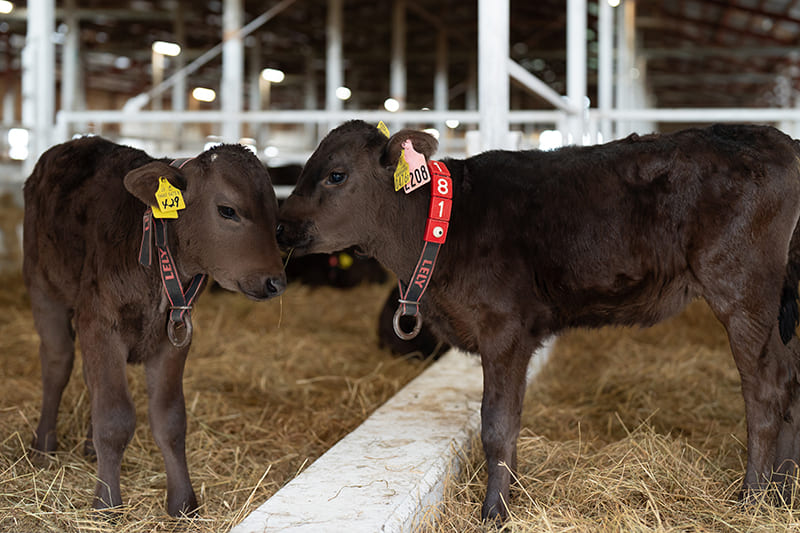
JAPAN LIVESTOCK PRODUCTS EXPORT PROMOTION COUNCIL
Wagyu exports
According to a report by JLEC, Japan exported 8,421 tons of beef to 45 countries in 2023, a 13% increase from the previous year. The largest portion, 20%, was exported to Taiwan, followed by Hong Kong, the United States, Cambodia, the EU, Singapore and Thailand.
The beef exported to the rest of Asia is relatively diverse in terms of cuts. According to a report by Agriculture and Livestock Industries Corp., 43% of the beef exported to that region in 2023 was loin, with 36% shoulder, shoulder clod and round, and 18% rib. However, about 80% sent to Europe and North America in the same period was loin.
The various cuts are valued for their different flavors. Thinly sliced chuck roll is suitable for sukiyaki and similar Japanese dishes, including stir-fry, while bottom round, which is low in fat, is used the same way to provide a different texture and flavor. Shoulder clod is often used for steak, barbecue, stir-fry, curry and stew. In Japan, almost all the parts are used, including the guts, bones and tallow.
Getting to know how each part is cooked and eaten in Japan will help give foreign consumers greater choices and opportunities to enjoy wagyu.
To this end, the JLEC is accelerating efforts to promote the wagyu produced in Japan by sharing information about places in Japan and abroad that serve it, and how to enjoy the meat at home.
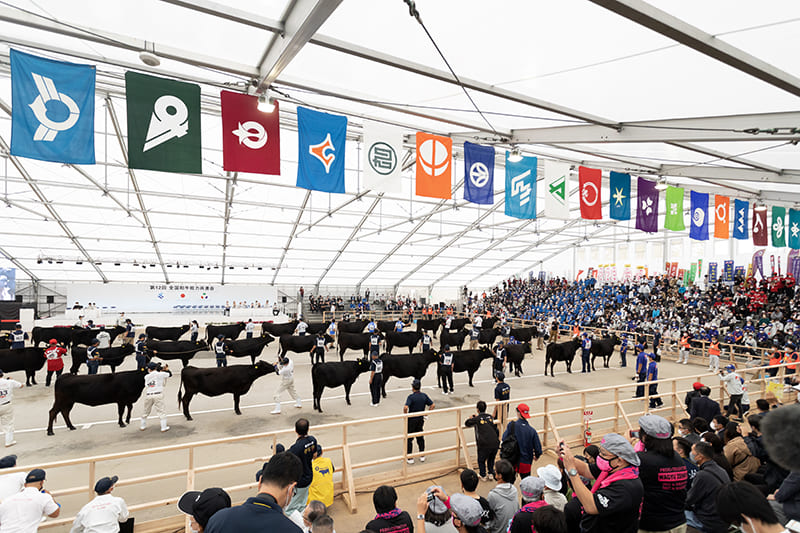
JAPAN LIVESTOCK PRODUCTS EXPORT PROMOTION COUNCIL
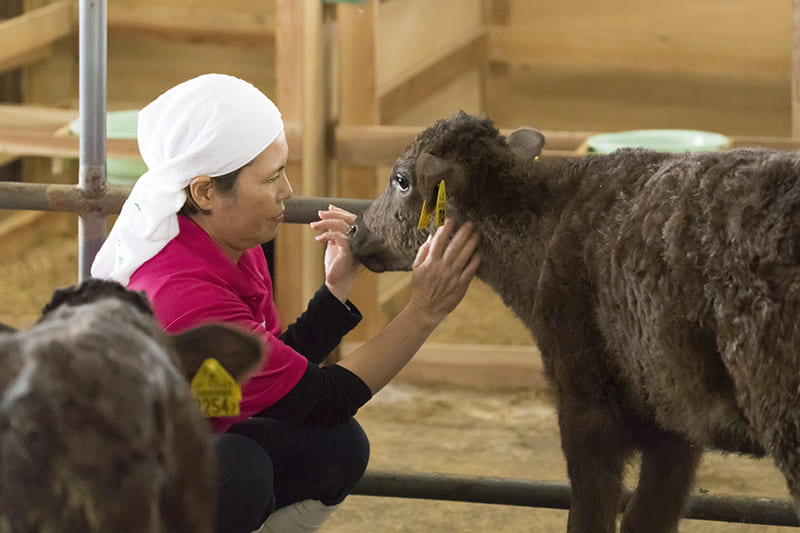
JAPAN LIVESTOCK PRODUCTS EXPORT PROMOTION COUNCIL



